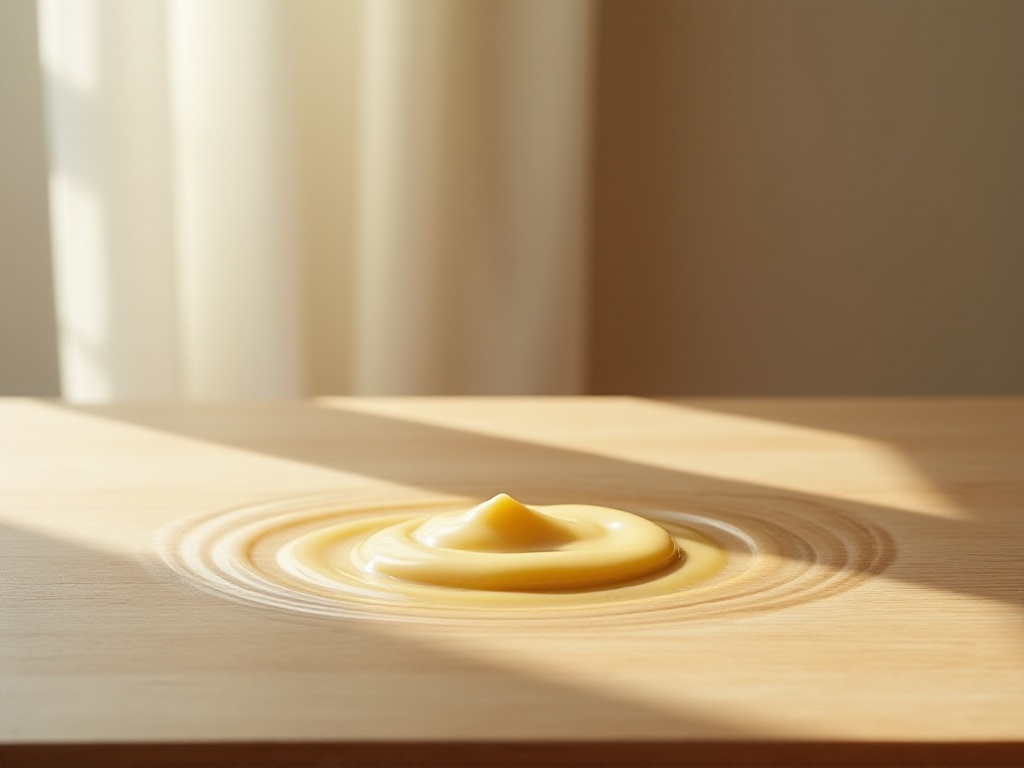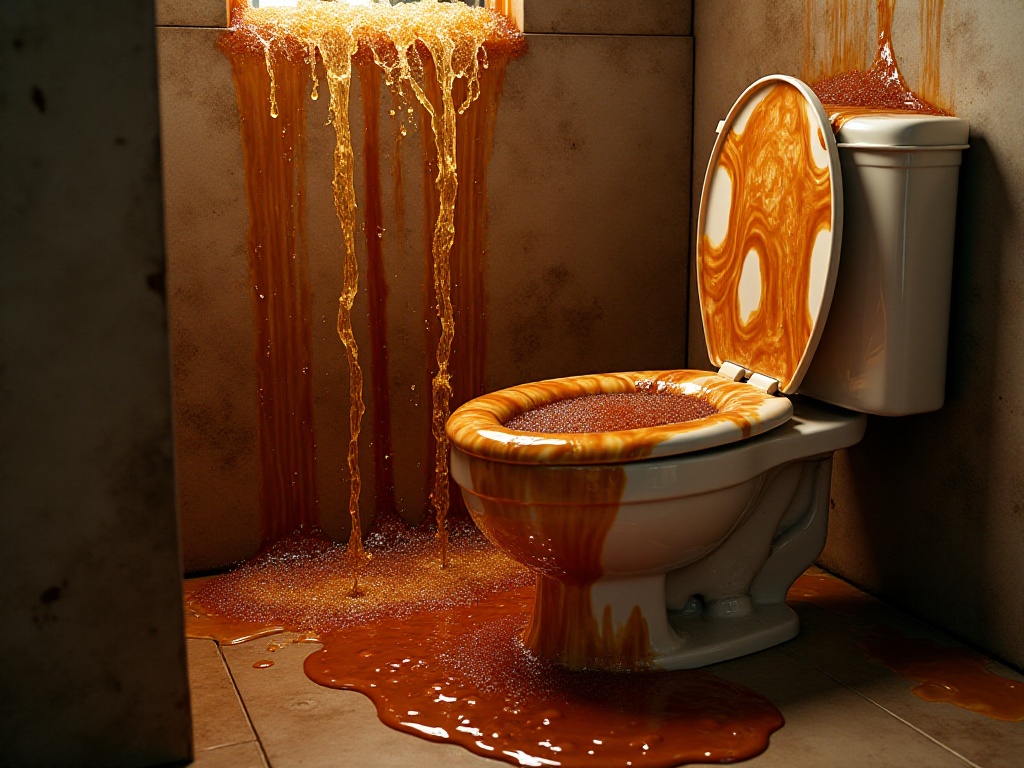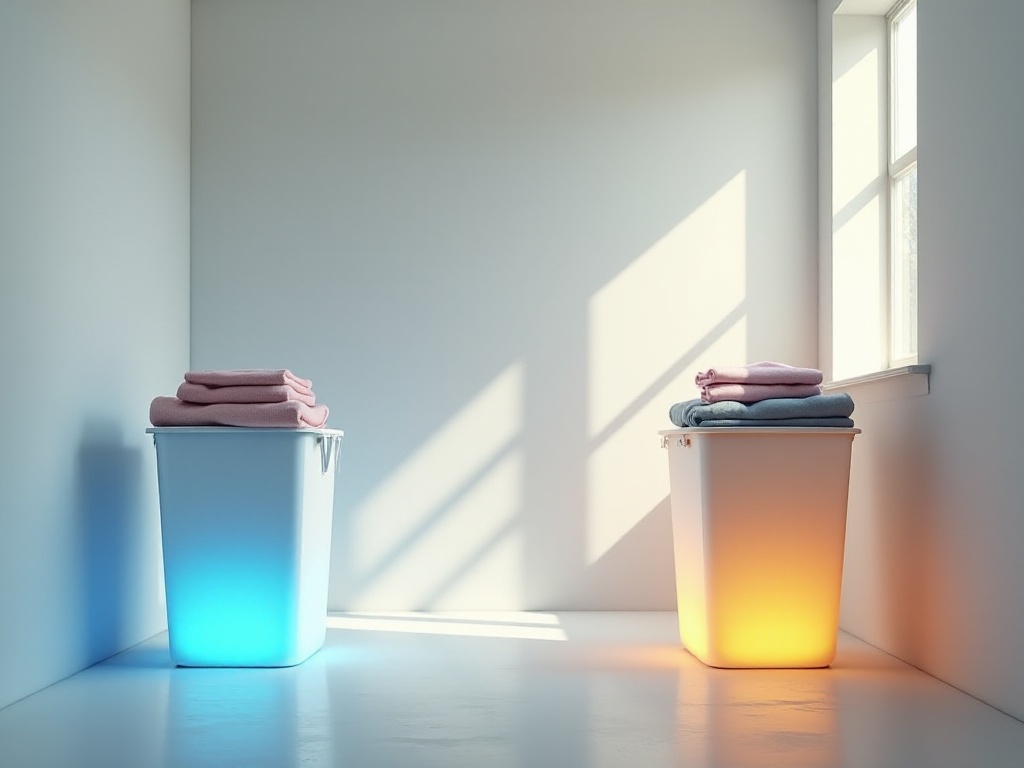Opening Words
Have you ever been overwhelmed by house cleaning? As a lifestyle blogger who has lived alone for many years, I deeply understand the importance of maintaining a clean home. Coming back to a clean and tidy home every day brings instant happiness the moment you open the door. Especially for those living alone, home is our haven for rest and relaxation, and it deserves our dedicated attention.
Many people find cleaning to be tedious, but once you master the right methods and techniques, cleaning can become easy and enjoyable. Through years of exploration and practice, I've developed an effective cleaning system. Today, I'll share these practical cleaning tips to help you create a clean and comfortable living space.
Kitchen Section
The kitchen is the area most prone to grease and bacteria accumulation, requiring more effort to maintain cleanliness. Here are some practical cleaning methods I've summarized.
Microwave Methods
Struggling with grease in your microwave? Lemon is actually the best cleaning helper. My secret recipe is: Take a bowl, fill it with water, and add half a lemon. Heat it in the microwave for 2-3 minutes, letting the steam work its magic. After waiting a few minutes, you'll find that stubborn stains have softened and can be easily wiped clean.
Besides this method, I've found white vinegar works well too. Mix equal parts white vinegar and water, heat it in the microwave, and it will similarly soften grease. Just remember to ventilate when using vinegar to avoid strong odors. After cleaning, leave the microwave door open for a few minutes to let the smell dissipate.
For daily microwave maintenance, I suggest wiping the interior with paper towels after each use to prevent grease buildup. Also, consider using a microwave cover when heating food - this prevents splatters and helps keep the microwave clean.
Refrigerator Tips
The refrigerator is our daily companion, but cleaning it can be challenging. From my experience, baking soda is the best cleaner. When cleaning, I use a dry sponge with some baking soda to gently wipe the interior walls. Finally, I wipe with a slightly damp cloth - this removes odors without leaving water marks.
The most important aspect of refrigerator cleaning is doing it regularly - I typically do a deep clean every three months. First, remove all food items and set the temperature to defrost or turn off the power. After natural defrosting, remove all detachable parts like storage boxes and shelves, and wash them with warm water and mild detergent.
I pay special attention to the door seals, as they easily collect dirt. You can scrub them with a toothbrush dipped in cleaning solution, then dry with a clean towel. After cleaning, I place a box of baking soda inside to continuously absorb odors and keep the fridge fresh.
To reduce cleaning frequency, mind some usage habits. For example, wrap food in plastic wrap or place it in sealed containers before refrigerating to prevent cross-contamination and leakage. Wash and dry vegetables and fruits before storing them to reduce dirt and water marks.
Dishwasher Maintenance
Many people don't know that dishwashers can clean many household items besides dishes, like plastic toys and detachable light fixtures. Just remember to check product manuals to confirm machine-wash compatibility. I recently discovered a particularly useful method: using a small amount of dish soap to clean the seal rings not only removes mold and odors but also makes the dishwasher run more quietly.
The dishwasher filter is often overlooked, but its cleanliness directly affects washing performance. I recommend removing and cleaning the filter weekly, using a soft brush to remove residue and grease. If you notice any damage to the filter, replace it promptly to maintain washing effectiveness.
For daily dishwasher maintenance, I have several suggestions: First, check that the spray arms can rotate freely before each use, ensuring they're not blocked by dishes; second, don't overload dishes - leave enough space for each item to ensure proper cleaning; finally, run an empty cycle monthly with specialized dishwasher cleaner to remove limescale and grease from the pipes.
To extend your dishwasher's lifespan, mind some usage details. For example, don't put dishes with large food residues directly in the dishwasher - rinse them first; keep silver and stainless steel utensils separate to prevent chemical reactions; place glassware on the upper rack to avoid breakage from heavy items.
Stove Cleaning
The stove is where grease accumulates most easily in the kitchen. If not cleaned promptly, grease builds up and becomes increasingly difficult to remove. My cleaning method is: First absorb surface grease with kitchen paper, then spray professional grease cleaner and wait 5-10 minutes for it to work. Finally, wipe with a damp cloth to easily remove the grease.
For stubborn grease, I make a cleaning paste with baking soda and lemon juice. Mix them into a paste, apply to greasy areas, let sit for 15 minutes, then wipe with a damp cloth. This method is both eco-friendly and effective.
To reduce grease buildup, use a splatter guard when stir-frying to prevent oil splashes. Also, wipe the stove immediately after cooking - don't wait for grease to dry before cleaning.
Cabinet Organization
Kitchen cabinets are crucial for storage - keeping them clean and organized not only looks good but also improves cooking efficiency. My organization method is: First remove everything and thoroughly clean the cabinet interior. Then reorganize items based on frequency of use and category.
Frequently used seasonings and utensils should be within easy reach, while less-used items can go higher or lower. Use rotating storage trays and multi-tier racks to maximize space and make items easier to find.
For storing seasonings, I use uniform airtight jars - they look good and keep contents fresh. Label jars with contents and purchase dates to easily identify expired seasonings.
Bathroom Section
The bathroom requires the most attention to hygiene in the home environment, with both regular deep cleaning and daily maintenance being important. Here are my cleaning insights.
Limescale Solutions
Friends living in hard water areas surely struggle with limescale. I discovered a super useful method: Soak paper towels in white vinegar and leave them on limescale overnight. The next day, the limescale wipes right off. I treat my shower head this way with great results.
Besides vinegar, citric acid is great for removing limescale. Dissolve citric acid in warm water, spray on limescale surfaces, let sit for 30 minutes, then wipe with a damp cloth. This method works especially well for faucets and tiles.
To prevent limescale formation, dry faucets and sinks with a towel after use. Also, regularly replace shower head filters to reduce limescale buildup.
Washing Machine Care
Many people neglect washing machine cleaning, but it's a breeding ground for bacteria. I recommend monthly deep cleaning: Carefully clean the seal with a soft brush, paying special attention to water-collecting folds. Then pour in some white vinegar and run an empty cycle. This removes odors and extends the machine's life.
For top-loading machines, pay special attention to cleaning under the agitator. Use a long-handled brush to clean gaps between the agitator and tub. For front-loading machines, focus on cleaning the door seal gasket, which easily grows mold.
For ongoing washing machine maintenance, mind some details. For example, don't leave wet clothes in the machine - remove them promptly; leave the door open after washing to fully dry the interior; regularly clean the detergent drawer to prevent soap buildup.
Toilet Cleaning
Toilet cleaning troubles many people. My cleaning method is: First use toilet brush with specialized cleaner to thoroughly scrub the bowl interior, especially below the waterline. Then spray cleaner on the seat and exterior, let sit for a few minutes, and wipe with a damp cloth.
For toilet bowl limescale, use professional descaler or a mixture of white vinegar and baking soda. Pour cleaner in, let sit for several hours, then scrub with toilet brush.
For toilet maintenance, deep clean at least weekly. Quick-clean with toilet brush after daily use to prevent buildup. Also, regularly replace toilet brushes as they harbor bacteria over time.
Bathroom Mold Prevention
Bathrooms easily grow mold, especially with poor ventilation. My anti-mold method is: First maintain ventilation - open windows or run exhaust fans after use; second, promptly treat wall and tile grout - use professional mold remover at first sign of mold.
For shower curtains, choose mold-resistant materials and wash regularly in the washing machine. Clean shower door glass regularly with glass cleaner to prevent limescale and soap scum buildup.
To prevent mold growth, place dehumidifier boxes or activated charcoal in the bathroom to absorb excess moisture. Also regularly check bathroom seals and waterproofing - repair any damage promptly.
Living Room Section
The living room is the home's most important common space - keeping it clean not only lifts mood but also impresses guests.
Carpet Cleaning
Wine spills on carpet are many people's nightmare. But prompt action makes them manageable. First blot excess liquid with clean white towels - never rub. Then use professional carpet cleaner or soda water solution to gently clean.
For routine carpet care, I recommend thorough vacuum cleaning weekly, paying special attention to edges and under furniture. Have professional deep cleaning every three months to remove deep stains and odors.
To extend carpet life, place doormats at entrances to reduce tracked-in dirt. Also treat stains immediately - don't wait for them to set as this makes cleaning harder.
Blind Maintenance
Microfiber cloths work best for cleaning blinds. I often hold blinds with one hand while wiping with the other - fast and effective. Weekly cleaning prevents dust buildup.
For heavily soiled blinds, use mild detergent solution with soft brush. Dry thoroughly with clean towel to prevent water marks.
To reduce cleaning frequency, install window screens to block most dust. Also regularly check blind cords and parts - repair or replace damaged components promptly.
Sofa Cleaning
Sofas are main living room furniture and easily collect dust and stains. For fabric sofas, I recommend weekly vacuum cleaning, especially in crevices and folds. For stains, choose cleaning methods based on fabric type.
Leather sofas are simpler - wipe with professional leather cleaner. Apply leather conditioner after cleaning to prevent cracking.
To extend sofa life, use sofa covers or throws to reduce direct wear. Avoid direct sunlight which can fade fabric or age leather.
TV Cabinet Organization
TV cabinets are important living room storage - organize regularly for tidiness. My method: Remove everything, wipe cabinet inside and out. Reorganize based on use frequency, keeping commonly used items easily accessible.
Use dedicated storage boxes for remotes, game controllers, etc. Organize cables with cable management tools for aesthetics and easy cleaning.
For ongoing maintenance, dust surfaces daily. Regularly check electronics' ventilation to ensure airflow isn't blocked.
Closing Thoughts
Maintaining a home isn't difficult - the key is developing good habits. Through years of experience, I've found cleaning can become easy and enjoyable with proper methods. Do you have unique cleaning tips? Please share in the comments.
Keeping a clean home not only makes life more comfortable but brings great satisfaction. A clean and tidy home provides a relaxing haven after busy workdays. Let's work together to create cozy, comfortable living spaces.
Maintaining a clean home isn't achieved overnight - it requires consistent effort and patience. But when you see your refreshed living space and smell the clean air, all efforts prove worthwhile. I hope these cleaning experiences help you better manage your space and create your own refined lifestyle.




